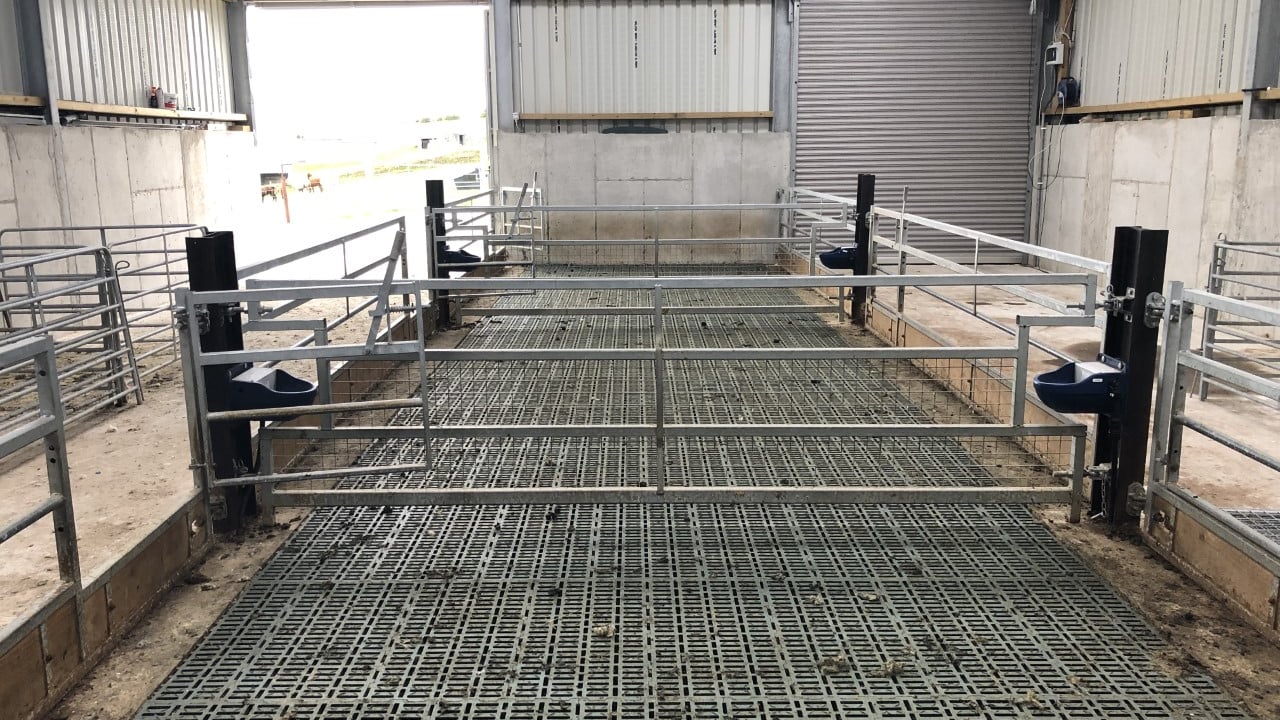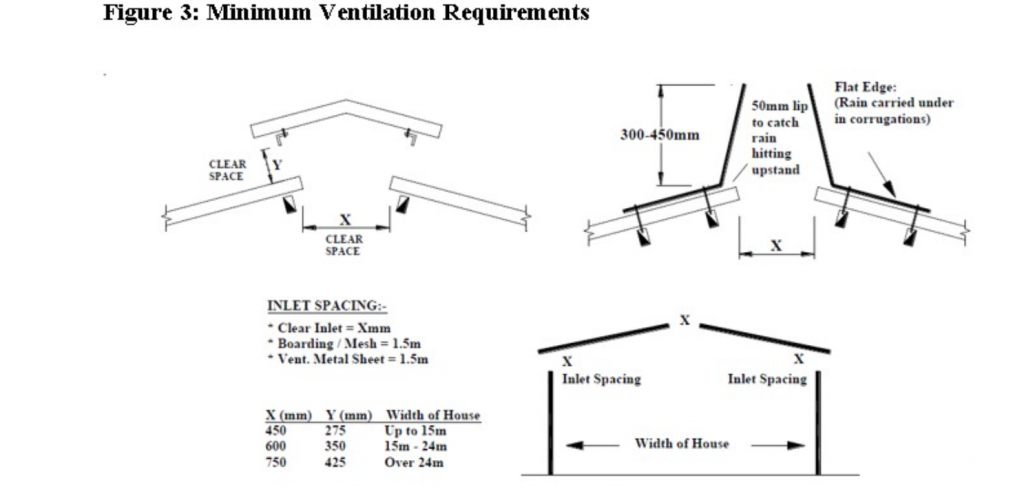Key considerations to take into account when housing ewes
With the housing of ewes well underway on many farms and with some having housed for a few weeks now, a couple of key considerations should be taken into account.
The housing of ewes marks the beginning of a busy period, as the countdown to lambing begins. It also allows pastures a well-earned rest, after a long-grazing season.
Important aspects of sheep housing, such as feed space, lying space and ventilation are important to get right and will be discussed in this article.
In general, 10 medium-sized ewes will be able to eat meal along the front of a standard 4.8m bay. However, with large-framed ewes the 4.8m bay will only have feed space for eight ewes.
The feed space available in each pen should be measured particularly on farms where there are issues such as non-infectious abortion cases, prolapse or twin lamb disease. Take off 600mm from total feed space available for each corner in sheds where walk-through troughs are in place.
In many sheep sheds, feed space is more often the limiting factor than floor space. Where this is the case, it is essential to modify the pens to provide additional trough space.
Where all concentrate feeding is from the central feed passage along the front of the pen, then relatively shallow pens of 2.5m to 3.0m will provide enough floor space.
If pens are say 6.0m deep from front to back, then walk-through troughs will be needed to optimise the number of ewes that can be accommodated in these pens balancing floor space and feed space.
Ventilation
As with all animal housing, adequate ventilation will help keep fresh air in the shed and remove many airborne pathogens and other harmful bacteria.
A poorly ventilated building leads to a damper environment increasing the straw requirement in straw bedded sheds. In a well-ventilated animal house, the heat produced by the livestock rises and exits via the roof outlet. This is then displaced by fresh air coming in from the sides of the building.
A symptom of a poorly ventilated animal house is a lot of dust and dirt on the underside of the roof sheeting due to particles sticking to condensation. Where ventilation may be compromised, it is important to carry out the necessary modifications to correct the problem.
These could include improving the inflow of fresh air by increasing inlet spacing or removing sheeting from an adjacent building to improve airflow. To aid the outflow of stale air space sheeting or raised sheeting are options to be considered.








